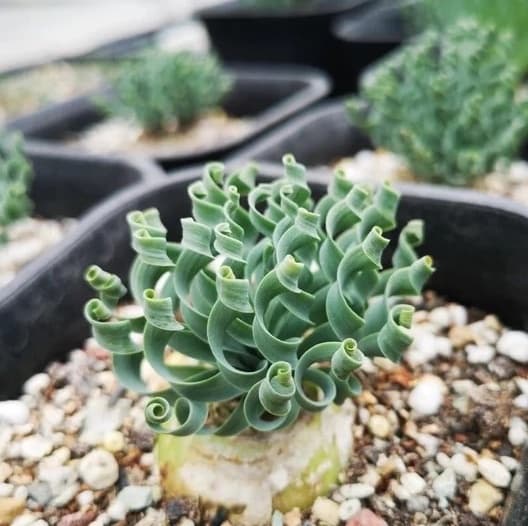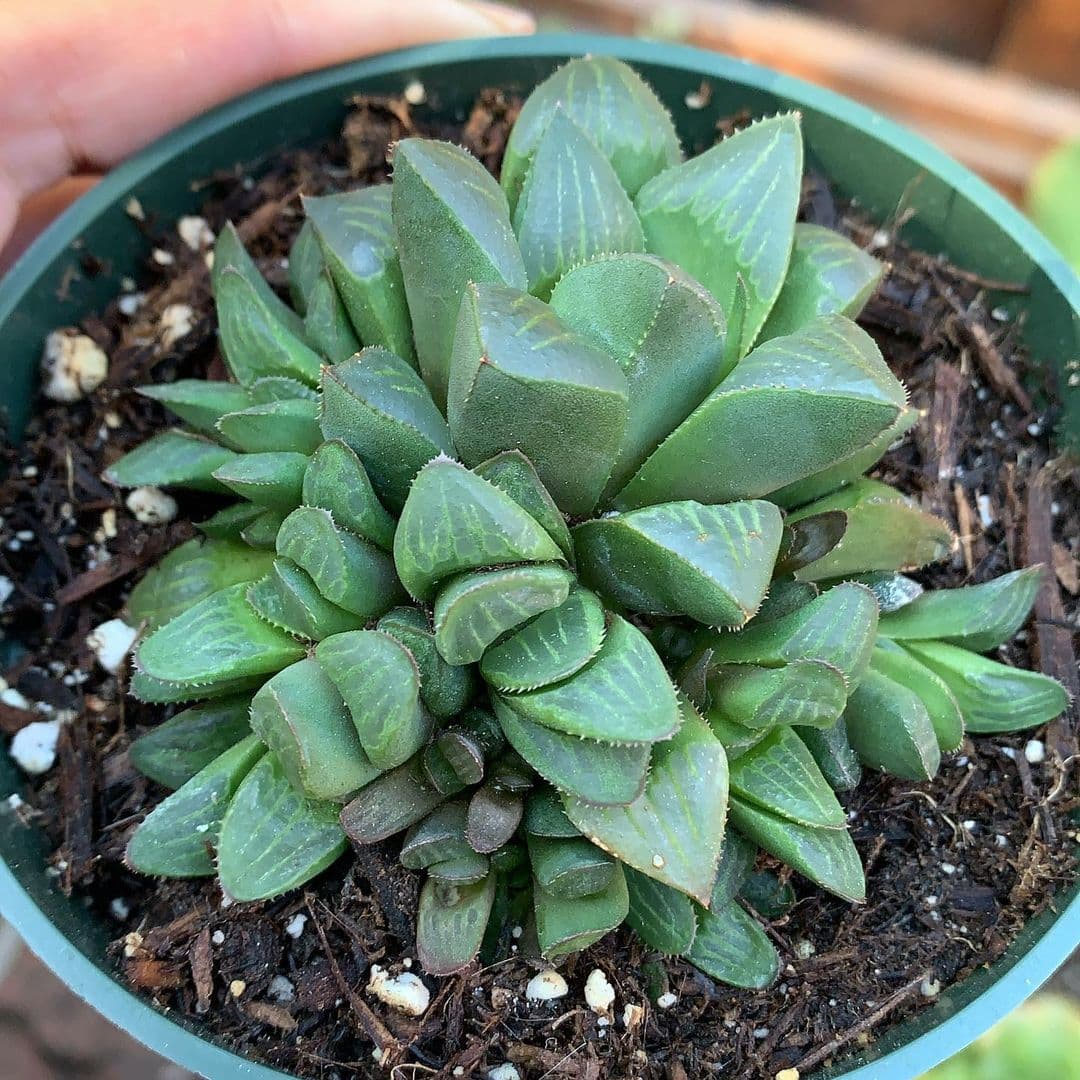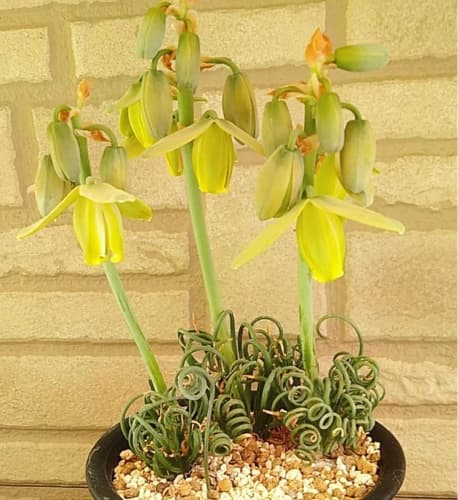Aizoaceae (Ice Plants)
Posted by Grace on December 25, 2022
Aizoaceae, commonly known as ice plants, are a large family of succulent plants native to southern Africa. With over 1,500 species, the Aizoaceae family is one of the largest families of succulent plants. Ice plants are prized for their unique foliage and bright, showy flowers that bloom in a range of colors from pink, yellow, orange, and red.
Foliage and Forms of Ice Plants
Ice plants are known for their distinctive leaves that are often covered in a sparkling, icy layer of crystal-like structures, known as papillae. These structures help the plants conserve water and withstand harsh, arid environments. The leaves of ice plants are fleshy and come in a variety of shapes and sizes, from flat, rounded, or elongated to succulent and plump.
The forms of ice plants vary greatly and include sprawling ground covers, low-growing mounds, and tall, upright plants. Some species are trailing and can be grown in hanging baskets, while others are shrubby and can be trained into compact, bushy specimens.
Flowers and Blooms of Ice Plants
One of the main draws of ice plants is their bright and showy flowers. The blooms of ice plants can be single or double, and they come in a range of colors, including pink, yellow, orange, and red. Some species are also known for their unique, daisy-like flowers that are edible and often used as a decorative garnish.
Ice plants are generally low maintenance and easy to care for, making them a popular choice for gardeners. They are drought-tolerant and can withstand harsh, arid conditions. However, they also do well in moist, well-drained soils and can thrive in areas with moderate rainfall.
Growing and Caring for Ice Plants
Ice plants are generally low maintenance and easy to care for, making them a popular choice for gardeners. They are drought-tolerant and can withstand harsh, arid conditions. However, they also do well in moist, well-drained soils and can thrive in areas with moderate rainfall.
When growing ice plants, it is important to choose a well-draining soil and plant them in a location that receives full sun to partial shade. Ice plants are not frost-tolerant and should be protected from cold temperatures. In areas with hot summers, it is best to provide shade during the hottest part of the day to prevent the foliage from scorching.
Need tools for succulent propagation and repotting? Here are my go-to tools: mini tool set (including syringe 💉, gloves 🧤, tweezers 🪤, dust blower 💨, tiny shovels 🛠️) and well-draining mix 🌱.Fun Facts About Ice Plants
The leaves and flowers of the ice plant can be harvested to eat fresh in salads or used in stir fries.
For people who love lithops, please cover your eyes! 😱😭😅
 Stir Fry Lithops
Stir Fry Lithops






